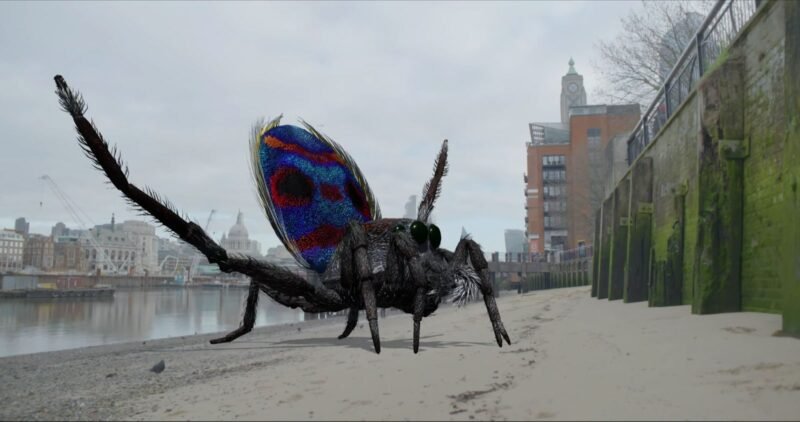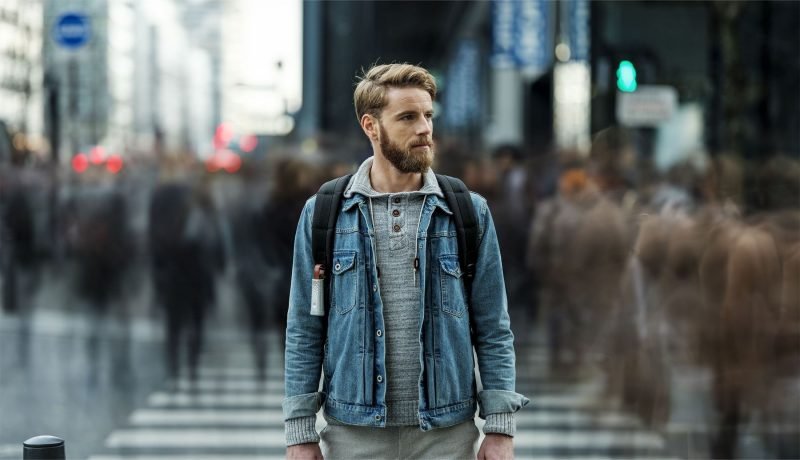Trend 6: The City As An Interface
Apple launched its intelligent software assistant Siri in August last year. Resulting from decades of research at SRI International’s Artificial Intelligence Center, Siri uses a natural language user interface to answer questions, make recommendations and perform actions by delegating requests to a set of web services. The service is even able to adapt to a user’s individual behavior and preferences. Google has recently announced a Siri-like application for Android smartphones. We expect the development of these sense-driven technologies to lead to a decline of the interface as we know it. We are entering an era in which the most profound communication technologies will dissolve into the background, allowing the urban environment to become an interface in itself.

Some twenty years ago, Mark Weiser, head of the Computer Science Laboratory at the Xerox Palo Alto Research Center, proclaimed a post-PC world. He was the first one to coin the phrase ‘ubiquitous computing’, stating that the most profound technologies will disappear in the future, weaving “themselves into the fabric of everyday life until they are indistinguishable from it”. He was right. Not only the mobilization of computers (from desktop PC to laptop to smartphone) and the rise of wearable computers, but also the launch of new types of sense-oriented interfaces contributes to this trend. In the end, no-one will notice any more that communication technologies will are all around us.

Nintendo’s Wii and Microsoft’s Kinect are not just game consoles — their gesture-driven controllers show a glimpse of what’s ahead of us, and will change our perception of the physical environment. BBC reports that touchless smartphones and TVs could hit the markets in 2012. So no buttons any more, a gesture is enough. It’s just a matter of time before the good old visual interfaces have totally changed, as well as the ways to control them. Google is secretly working on Augmented Reality-powered glasses that “provide a display with a heads up computer interface”, turning Augmented Reality-powered worlds with digital layers of information into an integral part of the urban fabric. (Click here for an ironic Augmented Reality future scenario by Keiichi Matsuda.) By the way, who needs glasses if we will be able to implant micro-computers into our eyes? Computers are close to becoming our sixth sense. And the city becomes an interface.
This article belongs to the Top 10 Trends For 2012. Reflecting on what we’ve written in 2011 and looking into the new year, we’ve compiled a fresh list of remarkable trends that we consider to be important for our cities in 2012.



